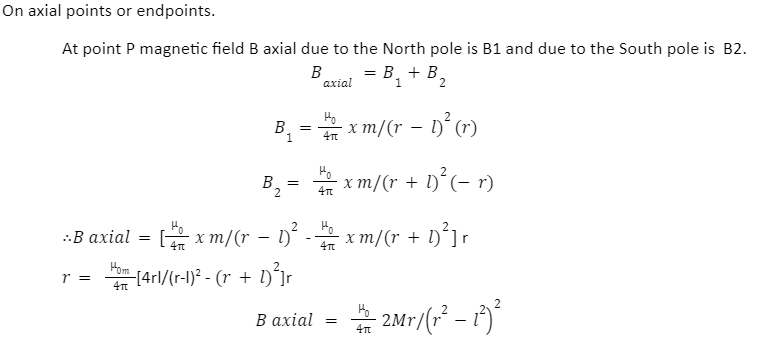A Newton (abbreviated N) is an absolute unit of force in the International System of Units (SI units). A newton is defined as the force necessary to accelerate a mass of one kilogram. The Newton is named after Sir Isaac Newton, whose second law of motion describes how a force affects the motion of a body. The kilogram, abbreviated as kg, is the base unit of mass in the International System of Units (SI), sometimes known as the metric system. It is frequently referred to as a kilo and is a widely used unit of measurement in research, engineering, and industry around the world.
How to connect Kg to Newton:
When an object is dropped from a certain height above the ground level, it is subjected to a force that is exclusively due to gravity. When in free fall, the object will be exposed to a force known as the weight of the body, which may be calculated as follows:
W = mg
We may now establish a link between the two by determining how many kilograms are contained in one Newton. When a one-kilogram mass is dropped from a height above ground level with an initial velocity of zero, the force experienced is.
W = 1Kg x 9.81 m/s²
W = 9.81 N
The kilogram and Newton have a straight proportional connection. As a result, we’ve arrived at the following conclusion.
9.81N = 1 kilo force
A kilogram force is thus equal to 9.81 Newtons. Our explanation of the link between Kg and Newton led us to the conclusion that they are directly proportional.
1Kg produces 9.81N force due to gravity
What is 1 Newton in Kg?
1 newton (N) is equal to 0.10197 kilogram force (kgf).
1N = 0.10197kgf
Define 1 Kg:
The metric system’s fundamental mass unit is the kilogram .0.45359237 kg is the exact weight of the pound.In the late eighteenth century, the kilogram was first defined as a solid platinum cylinder. Measurements of water’s mass and volume, on the other hand, proved imprecise and inconvenient, therefore the platinum artefact became the norm. In 1889, it was replaced by a standard kilogram, which was a solid cylinder with a height equal to its diameter and was made of the same platinum-iridium alloy as the bar that defined the metre at the time.
The standard kilogram was kept at the International Bureau of Weights and Measures laboratory in Sèvres, France. The Sèvres prototype, on the other hand, was found to be incorrect.To overcome the conundrum of the kilogram being defined by a variable mass item, the General Conference on Weights and Measures (CGPM) agreed in 2011 to begin redefining the kilogram based on a fundamental physical constant rather than a physical artefact. Planck’s constant, which is defined as 6.62607015×10-34 joule second, was chosen as the constant.
In physics, the mass (in kilogram ) is directly proportional to the Force (in Newton).Then:When the mass of an object is large, the force required to move it is also large.
Kilonewtons:
Forces are commonly stated in kilonewtons (kN), with 1 kN equaling 1000 N. A Class Y steam train locomotive’s tractive effort and an F100 jet engine’s thrust, are both roughly 130 kN.
The use of kilonewtons as a unit of measurement is widespread in safety requirements for:
- operating loads in tension and shear;
- rock-climbing equipment;
- thrust of rocket engines, jet engines, and launch vehicles;
- clamping forces of various moulds in injection-moulding machines used to create plastic parts.
Conclusion:
In physics, every physical entity can be measured in a variety of ways. Every unit can be related to one another through unit conversions without violating the laws of physics or nature.The kilogram is the SI unit of mass and Newton is the SI unit of force. According to Newton’s Second Law of Motion, force is proportional to the mass of the object on which it is exerted. As a result, we can deduce that Newton and Kg are directly proportional; thus, any change in the Kg unit of mass will result in a change in the Newton unit of force , while the acceleration remains constant.

Conclusion
A magnetic dipole is often a tiny magnet with microscopic to subatomic size. It is equal to the flow of electric charge around a loop in the electromagnetic field. The Bohr magneton (equal to 9.27 10-24 ampere–square metre) is a suitable quantity for measuring its magnetic moment. The magnetic dipole moment is the greatest amount of torque induced by magnetic force on a dipole that arises per unit value of the surrounding magnetic field in a vacuum. It can be measured in nanoseconds, and is also known as the magnetic moment.
 Profile
Profile Settings
Settings Refer your friends
Refer your friends Sign out
Sign out




